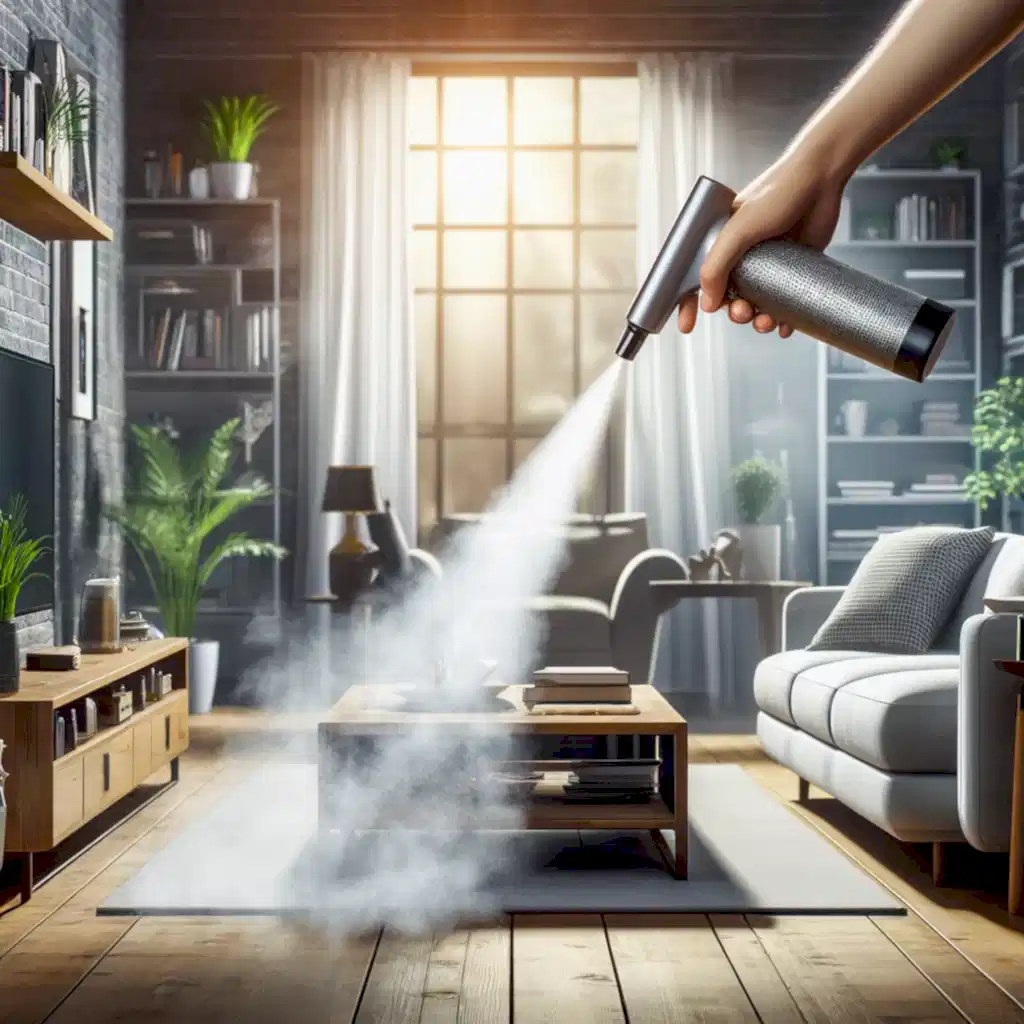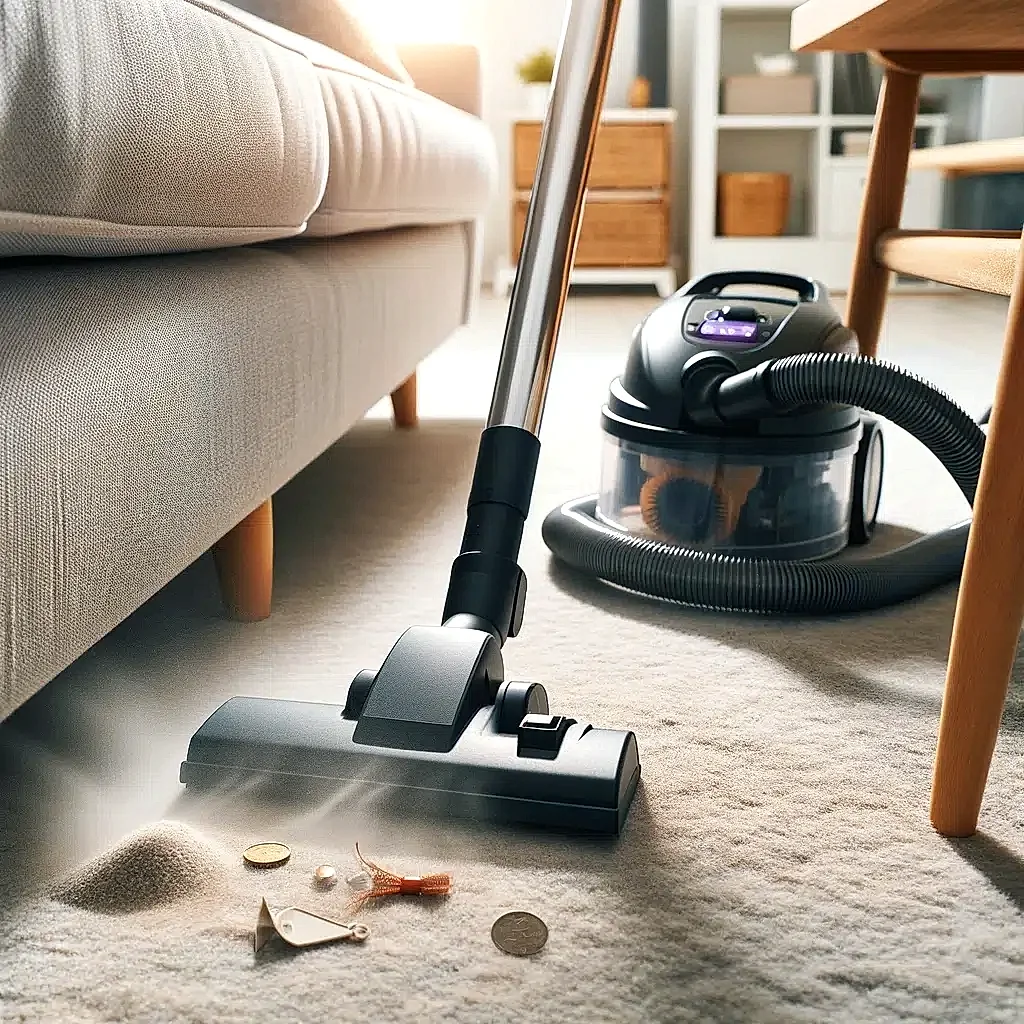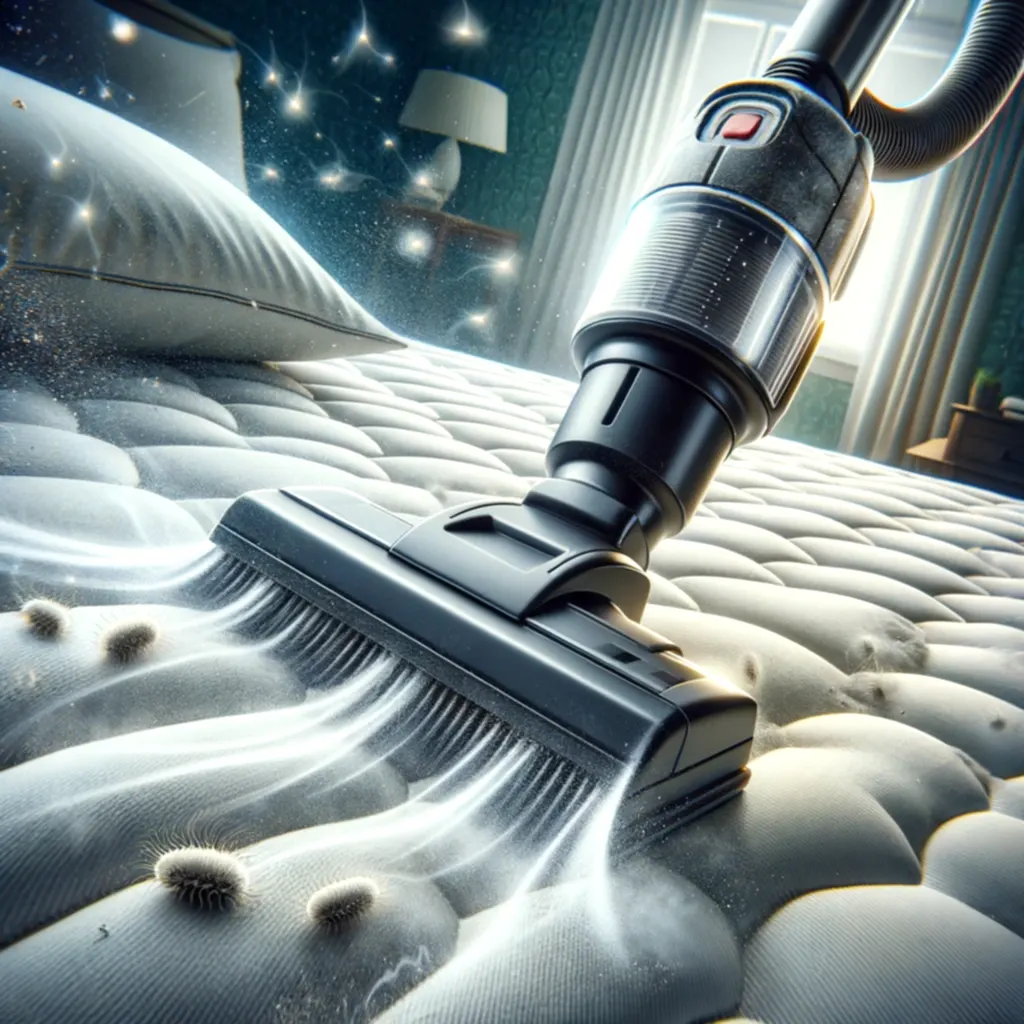How a Clean Home Improves Your Mental Health: 5 Psychological Benefits
Ever wondered why you feel so good walking into a clean room? There’s more to it than just the visual pleasure of seeing everything in its place. A tidy environment has significant benefits for your mental health. In this post, we’ll dive into the psychological perks of keeping your home clean and organized. Ready to feel lighter, brighter, and maybe even a bit happier? Let’s get into it! 1. Reduces Stress and Anxiety Imagine stepping into your home after a long day of work, only to be greeted by piles of unwashed dishes, cluttered tables, and a chaotic jumble of shoes and coats. This disarray can instantly make your heart rate spike and your stress levels soar. When your living environment is cluttered, it sends a barrage of stimuli to your brain, which it has to process all at once. This is similar to the demands of multitasking, where your brain is forced to shift its focus at a rapid pace, leading to feelings of exhaustion and anxiety. Psychological studies have highlighted that being surrounded by disorder and clutter can significantly affect your mental state, inducing a sense of tension and unease. This is because a chaotic environment can make it difficult for your brain to focus on relaxing and decompressing. Instead, it remains alert, constantly reminded of the disarray that needs addressing. The solution lies in maintaining an organized living space. By taking proactive steps to declutter and organize your environment, you actively remove potential stress triggers. This not only helps in tidying up the physical space but also plays a crucial role in clearing your mental space. With fewer distractions and less on your ‘mental to-do list’, your mind has more room to breathe, relax, and decompress. This organized state can act as a buffer against the day-to-day stresses that accumulate, providing you with a serene haven where you can rejuvenate and restore your mental health. 2. Boosts Your Mood Expanding on how a clean home can boost your mood, it’s important to recognize the deep psychological impact of living in a tidy environment on your mental health. When you look around and see that everything is in its place, the immediate visual satisfaction is not just about aesthetics—it resonates on a deeper emotional level. This sense of accomplishment when you finish tidying up isn’t trivial. Completing any task, especially one that improves your immediate surroundings, can lead to a surge in dopamine, a neurotransmitter associated with feelings of pleasure and satisfaction. This chemical boost in your brain is a natural mood enhancer. Therefore, the act of cleaning can become a small, self-administered therapy session, boosting your mood almost instantly. Furthermore, a clean and organized home reduces the cognitive overload caused by scattered belongings and unfinished tasks, which are visual cues that remind us of chaos and incomplete work. When these cues are minimized, your mind isn’t constantly prompted to think about these irritations or feel overwhelmed by them. Instead, with fewer distractions, you’re able to have a clearer, more focused mindset which contributes to a more stable and positive emotional state. 3. Enhances Focus and Productivity Delving deeper into how a clean home enhances focus and productivity, it’s essential to consider the broader implications on your mental health. Clutter isn’t merely a physical barrier; it acts as a mental distraction too, constantly pulling your attention away from tasks that require focus. Every pile of unsorted mail, every stack of dishes, and every disorganized shelf competes for your cognitive resources, making it harder for you to concentrate. When your environment is disorganized, your brain has to work overtime just to filter out these distractions and help you focus on your immediate tasks. This constant need to redirect attention not only drains your cognitive resources but can also lead to mental fatigue, making you less productive over time. However, by taking the initiative to clear out unnecessary items and organize your space, you effectively create a more conducive environment for concentration and efficiency. For those who work from home, this is particularly crucial. A tidy workspace limits distractions, which enhances your ability to process information and think clearly. The reduced clutter frees up mental space for creative thinking and problem-solving, which are essential for productivity. The process of organizing your space can itself be a mindful activity, serving to center your attention and calm your mind. This mental clarity is not only beneficial for your work performance but also for your overall mental well-being. It makes it easier to tackle tasks with a focused mind, reducing stress and increasing your job satisfaction. 4. Improves Sleep Quality The state of your bedroom can significantly influence your ability to unwind and decompress at the end of the day. Clutter and disarray in your sleeping area can serve as subconscious cues that keep your mind engaged, processing each item as a potential task or another issue to deal with. This can make it exceedingly difficult to shift into a restful state, as your brain continues to engage with the stimuli around you. Creating a clean, organized bedroom sets the stage for relaxation and can profoundly affect your mental well-being. When your sleeping environment is orderly, your mind is less likely to dwell on chores that need to be done or get distracted by the clutter. This allows you to transition more smoothly into sleep, reducing the time spent tossing and turning. Additionally, engaging in the routine of tidying up before bed, such as making your bed each morning or putting away clothes, can reinforce a sense of control and predictability, which are calming to the mind. These simple acts not only improve the physical space but also help establish a calming bedtime ritual that signals to your brain that it’s time to wind down. The quality of your sleep directly affects your mental health. A good night’s sleep helps to regulate mood, improve brain function, and increase emotional resilience. Conversely, poor sleep can exacerbate stress, depression, and
How a Clean Home Improves Your Mental Health: 5 Psychological Benefits Read More »









